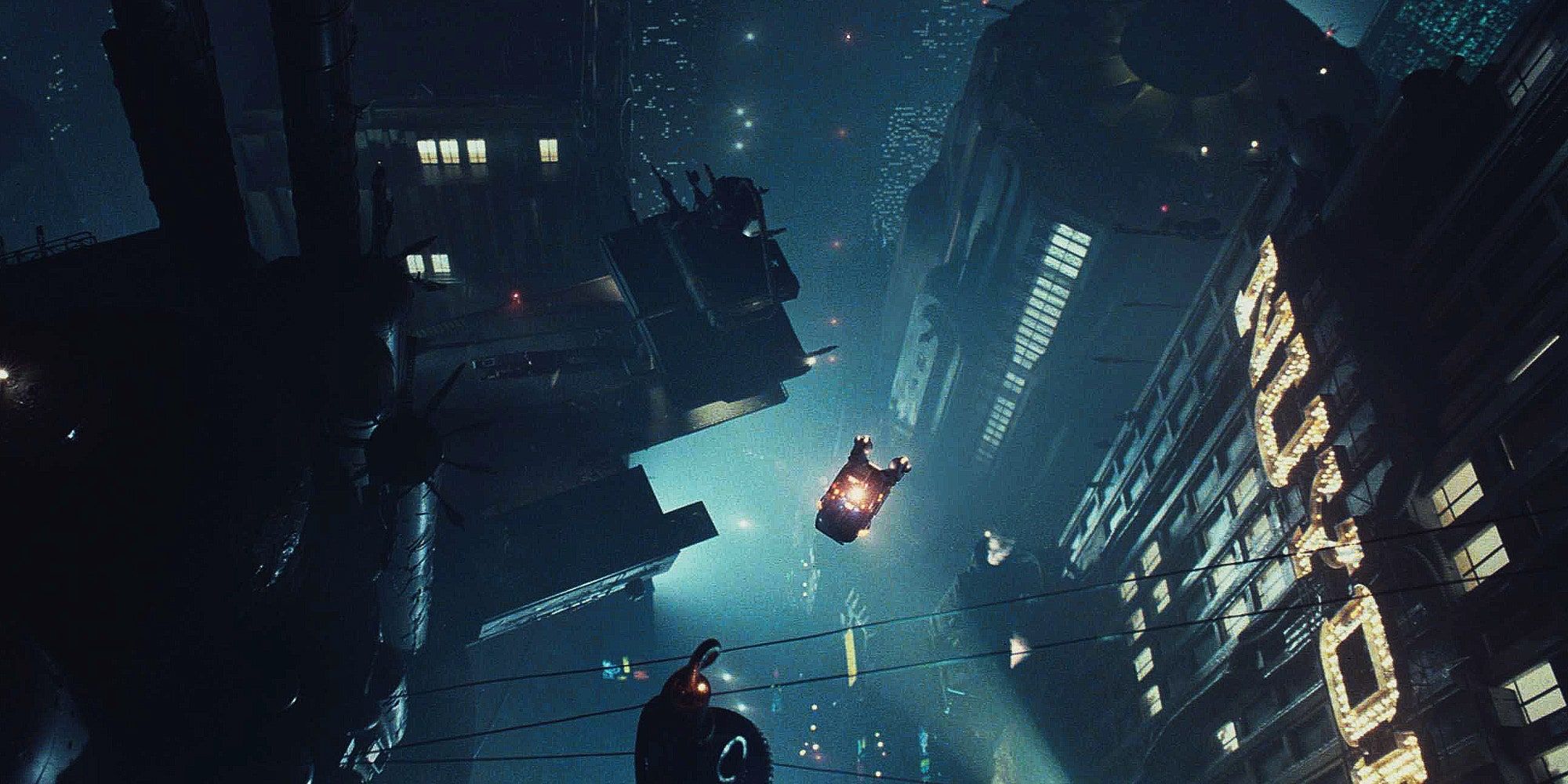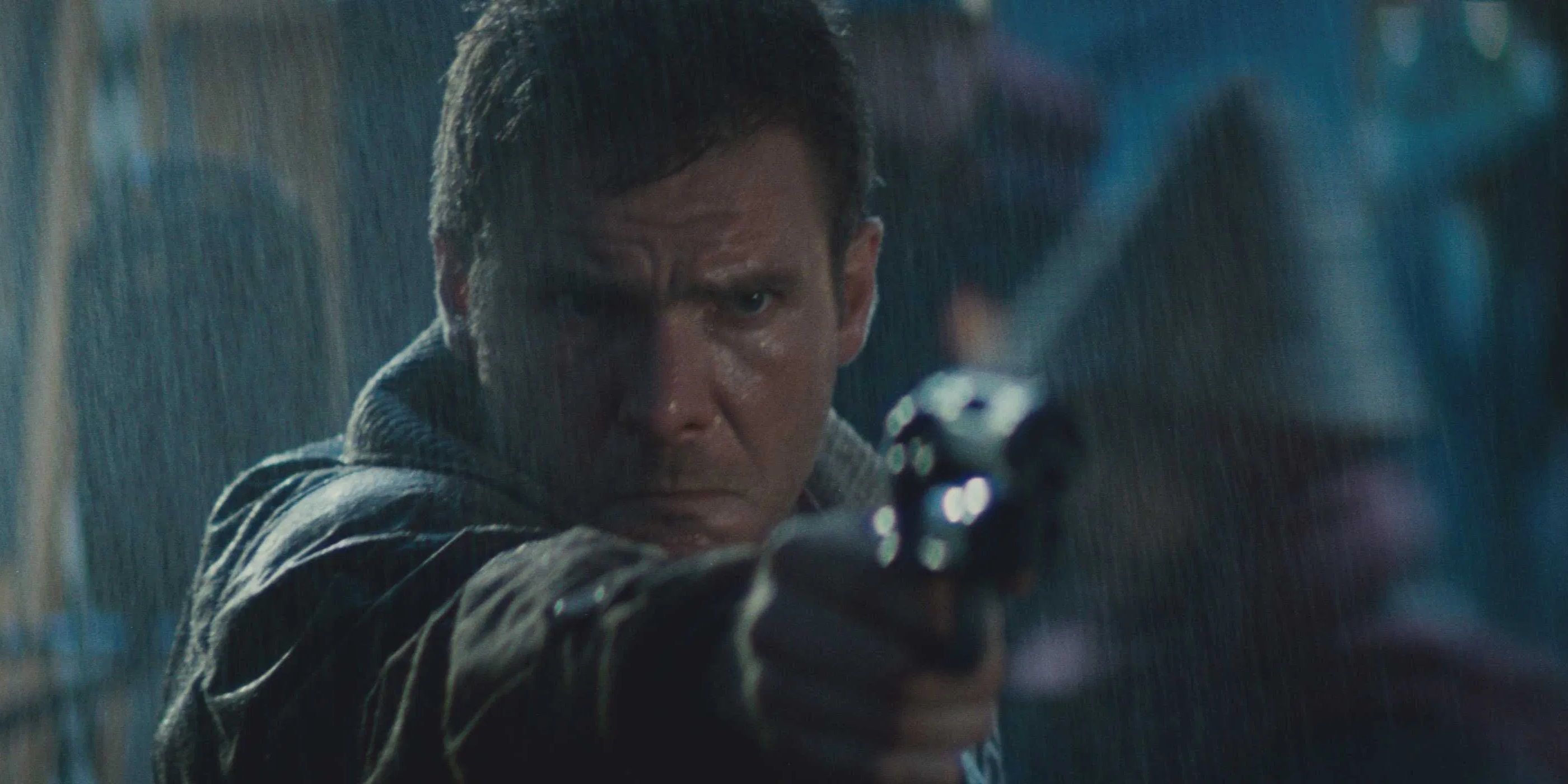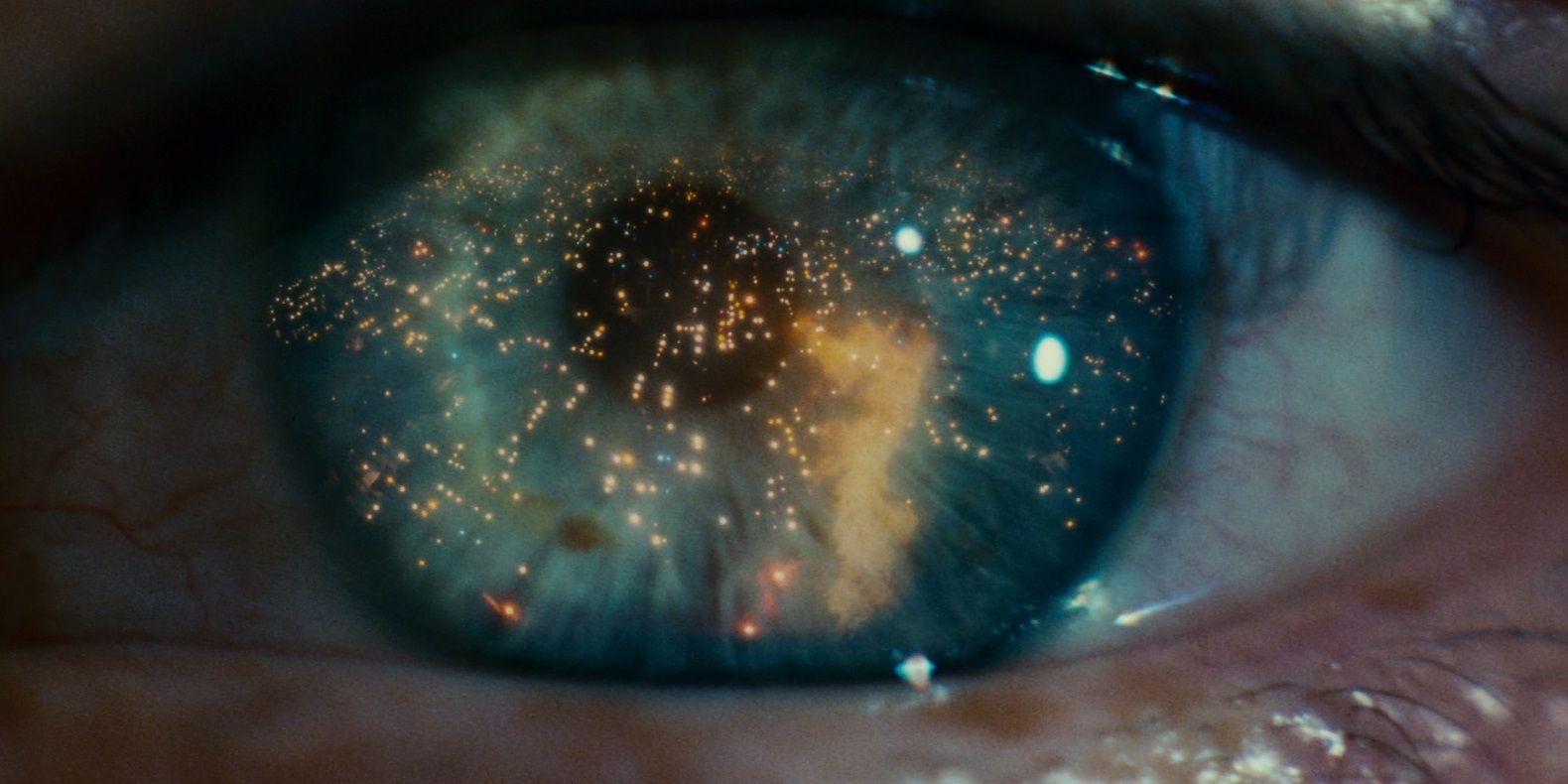In his early career, before he had the freedom he has today, Ridley Scott was a master of taking directing assignments he could easily phone in and turning them into something groundbreaking. When Fox hired Scott to direct Alien, the expectation was that he would helm a serviceable haunted-house-in-space B-movie. But he went a few steps further: Scott’s razor-sharp command of pacing and tension ensured it would be remembered as one of the greatest horror films ever made, while the allegorical nature of the xenomorph and H.R. Giger’s hauntingly beautiful otherworldly designs made it one of the most profound works in sci-fi cinema. He would then apply his talent to a movie that basically invented the tech noir genre.
When Scott was tapped to direct a film adaptation of Philip K. Dick’s Do Androids Dream of Electric Sheep?, later retitled Blade Runner, his only obligation was to make an entertaining movie about a cop looking for robots in the future. But Scott went a few steps further again. He connected the central detective story to film noir and helmed Blade Runner as one of the first-ever tech noir films. Blade Runner arguably contributed as much to establishing the neo-noir as Roman Polanski’s Chinatown, whose soul-crushing ending redefined the noir as audiences knew it, as Scott’s movie proved it was possible to bring in elements from other genres and still succeed as a complex, morally challenging entry in the noir canon.
Tech noirs are ten a penny now that Blade Runner has finally gotten the recognition it deserves and inspired a generation of filmmakers, and a few have come close to matching its perfect balance of the two genres – Ghost in the Shell and Minority Report are prime examples – but Blade Runner remains the quintessential tech noir. It perfectly blends the two genres, both visually and thematically. The story of a detective hunting down artificial humans that have ingratiated themselves into a bustling urban society makes for a great noir, and the exploration of a futuristic metropolitan society and the speculative ethics of A.I. makes for great science fiction.
Scott expertly put a sci-fi spin on every well-worn noir trope to make it feel fresh and original. He gave the familiar stark lighting a neon tinge. He gave his hard-boiled alcoholic protagonist strange postmodern glassware to drink out of. Vangelis’ iconic score utilizes the film noir’s signature saxophone, but infuses it with the high-tech sounds of synthesizers. Morally dubious protagonists are a staple of the film noir, and in this spirit, Blade Runner’s protagonist has questionable ethics – but the ethics explored are all speculative. Genetic engineering and sentient artificial intelligence have since become realities, but at the time Blade Runner was made, it was a distant dream. Blade Runner digs into the ethics of A.I. through the prejudices of its antihero.
Rick Deckard is a grizzled, rule-bending gumshoe in the mold of Philip Marlowe or Sam Spade, except he’s not on the trail of a gangster or a corrupt politician – he’s on the trail of some robots. Harrison Ford couldn’t have been more perfectly cast as a space-age Bogart, and Deckard’s interviews with potential replicants pose the ultimate sci-fi question of what makes us human. Sean Young’s android character Rachael is coded as a femme fatale, but she’s actually shown to be more of a victim, subverting the usual expectations of this trope. By the time Deckard spares her life, the audience has come to empathize with her enough to understand why.
Most noirs explore urban decay with high crime rates and class division in a post-war society, but Blade Runner takes a look through that lens from the near future, with giant neon-lit ads and absurdly tall skyscrapers bearing down on dispassionate citizens and rows of refineries pumping smoke and fire into the over-polluted air. Scott even used the Bradbury Building as a filming location. The Bradbury Building has been seen in a ton of film noirs, including Double Indemnity, D.O.A., Shockproof, and The Unfaithful. It’s one of the most overused locations in the history of cinema, but Scott managed to shoot it in a way that made it feel unfamiliar. He dressed it up with Styrofoam columns and a canopy, lit the interior with revolving spotlights, put in a couple of smoke machines, and filled the place with trash to give it a ramshackle, dilapidated look, far from the white-collar prestige of Walter Neff’s insurance office.
Like many classic noirs, Blade Runner’s final scene leaves the story on an ambiguous note. It’s up to the viewer to decide if Deckard is a replicant or not. Thankfully, Denis Villeneuve refrained from resolving this mystery in Blade Runner 2049 – one of the rare belated sequels to an untouchable masterpiece that actually satisfied fans of the original – keeping the ambiguity of Scott’s film intact. Blade Runner’s ending refuses to provide the audience with closure, because Deckard himself doesn’t get closure on whether his memories were implanted.
Just as An American Werewolf in London satisfies as both a comedy and a horror film, Blade Runner is a hybrid-genre movie that fires on all cylinders and manages to succeed on both counts. It ranks with Sunset Boulevard and Touch of Evil among the greatest film noirs ever made, and ranks alongside 2001: A Space Odyssey and Stalker as one of the greatest sci-fi movies ever made.



